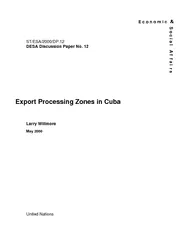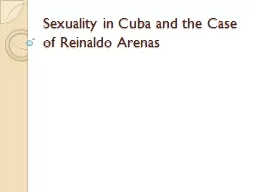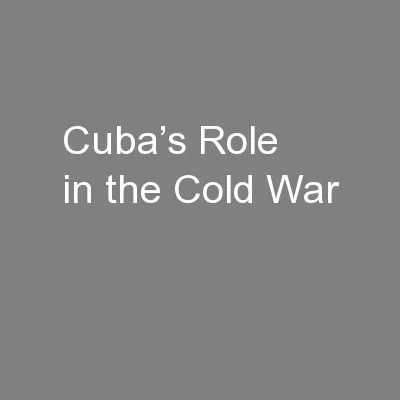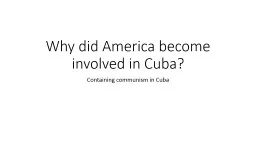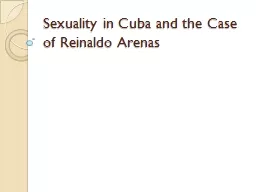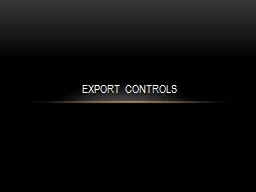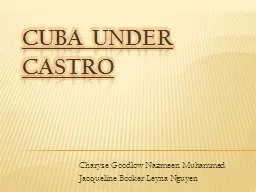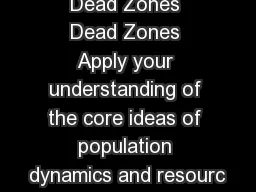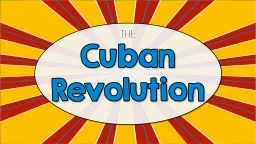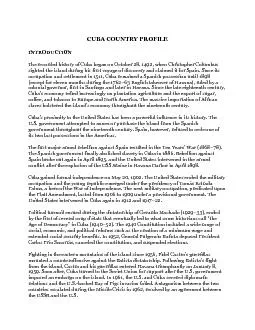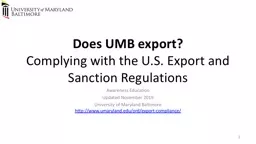PDF-Export processing zones in Cuba
Author : luanne-stotts | Published Date : 2017-08-24
12 DESA Discussion Paper No 12 Export Processing Zones in Cuba Larr y Willmore May 2000 United Nations brPage 2br DES A Discussion Paper Series DESA Discussion Papers
Presentation Embed Code
Download Presentation
Download Presentation The PPT/PDF document "Export processing zones in Cuba" is the property of its rightful owner. Permission is granted to download and print the materials on this website for personal, non-commercial use only, and to display it on your personal computer provided you do not modify the materials and that you retain all copyright notices contained in the materials. By downloading content from our website, you accept the terms of this agreement.
Export processing zones in Cuba: Transcript
Download Rules Of Document
"Export processing zones in Cuba"The content belongs to its owner. You may download and print it for personal use, without modification, and keep all copyright notices. By downloading, you agree to these terms.
Related Documents

